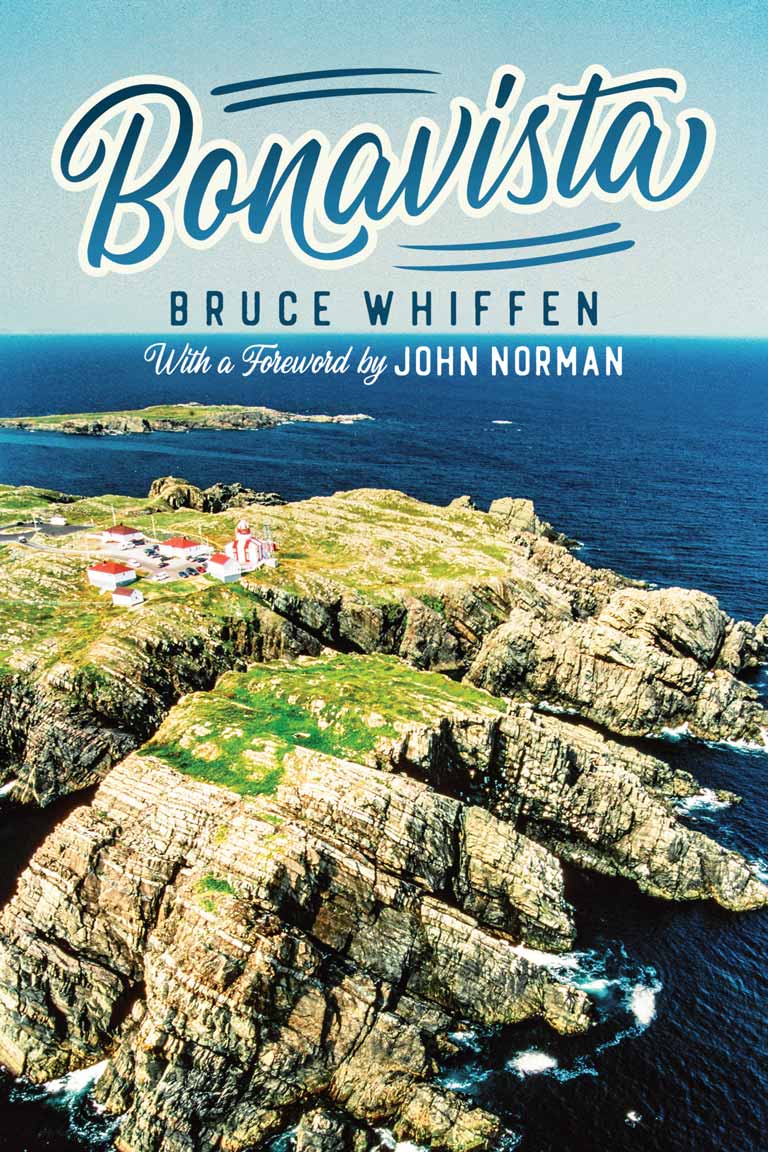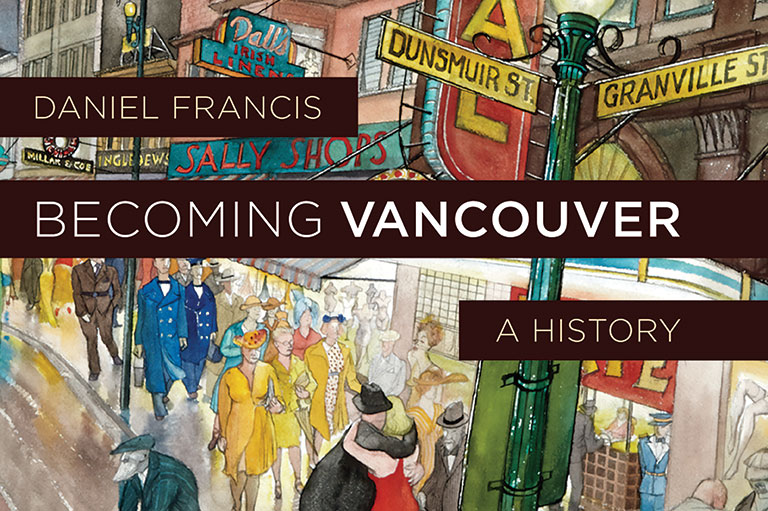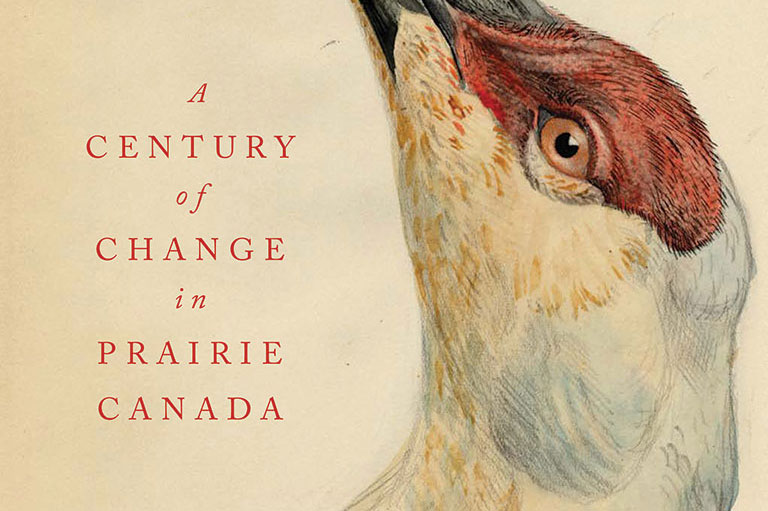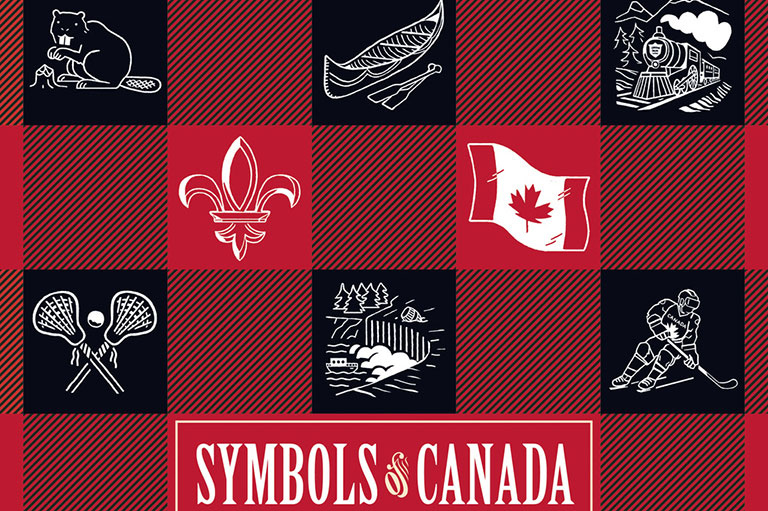Bonavista

Bonavista
by Bruce Whiffen
Flanker Press
288 pages, $22
The town of Bonavista, N.L., has a lengthy history. It was first settled in the 1600s by immigrants from southern England, who were followed by others from Ireland. Their livelihood was derived primarily from fishing, and their way of life continued throughout the centuries until the 1992 cod moratorium.
Author Bruce Whiffen was born and raised in Bonavista. He notes that the town’s early population was of a “transitory nature.” The 1708 census included thirteen boat keepers, eight wives, seventeen children, and eighty servants — “mostly boys or young men hired on a yearly basis to support the seasonal fishery.” As the population grew and Bonavista became a more stable community, new settlers arrived to take on positions as clergy, schoolteachers, merchants, magistrates, and politicians.
Whiffen emphasizes that the explorer John Cabot and his men “claimed this land for the King of England in the midst of an established habitation.” In the chapter entitled “Indigenous Peoples,” he acknowledges the first settlers in the Bonavista area — the Maritime Archaic Indians of four thousand years ago, who were followed by the Palaeo-Eskimos, or Dorset, and then the Beothuk, or Little Passage people. Tragically, the Beothuk were exterminated by disease, violence, and competition for food sources.
In Bonavista, information about the area’s geology and natural history is augmented by numerous maps, photos, charts, and quotes from journals and letters to build a well-rounded portrait of the people and history of the town.
Themes associated with this article
Advertisement




